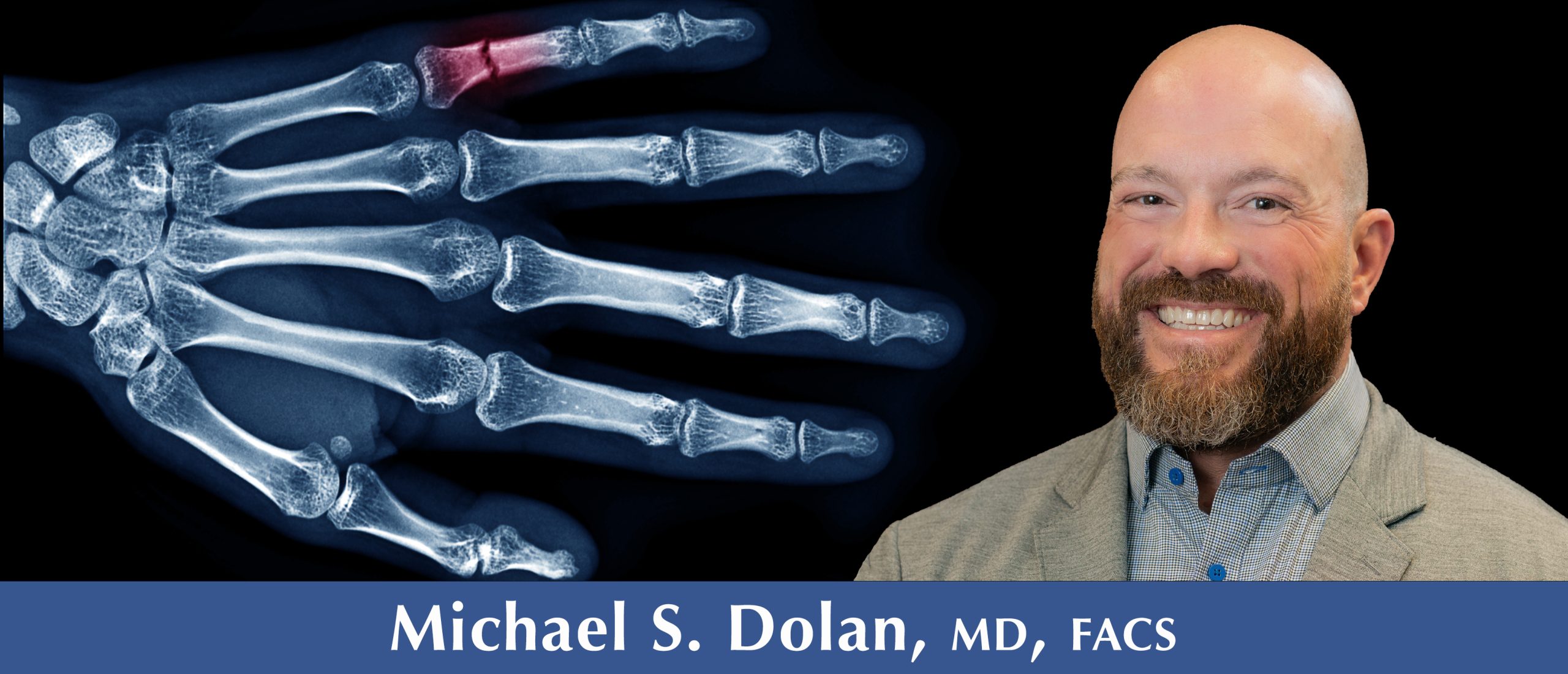
Fractured fingers can be mistaken for jammed fingers if a doctor doesn’t evaluate the injury in time.
When finger fractures go undiagnosed, athletes can experience permanent damage. Finger bones that are out of position can heal poorly, resulting in a misshapen digit, a loss of 25 to 50 percent of range of motion, and the inability to make a fist.
“I see this all too often, particularly with young athletes – undiagnosed finger fractures.” said Dr. Michael Dolan with West Tennessee Bone and Joint Institute. “And often, by the time I see the athlete, there’s little I can do.”
During the fall, Dr. Dolan treats as many broken fingers with football players and he does cheerleaders.
“The fracture usually plays out this way,” he said. “The athlete jams his or her finger and runs over to the sidelines for the coach or athletic trainer to pull it straight and tape it up. Reluctant to see a doctor, the athlete usually wears an aluminum splint until the pain goes away.”
But then it could be too late.
So here’s what you should do: take your athlete to see a doctor if their pain persists for a day or more after the injury. Get an X-ray. It’s the best way to determine if they are recovering from a jammed finger or a broken finger and address the injury appropriately.
“If the bone is broken, I can reset the bones and splint the finger properly,” Dr. Dolan said. “Your finger will heal the way it should. If I don’t see the athlete within the first week, our only option may be to rebreak the finger – often with poor results.”
Remember:
If your athlete’s finger is still hurting after a day or two, they need an X-ray.
Michael S. Dolan, MD, FACS, is board certified in surgery of the hand and general surgery by the American Board of Surgery. He sees patients at the Stonebridge location of West Tennessee Bone & Joint Institute in Jackson.

